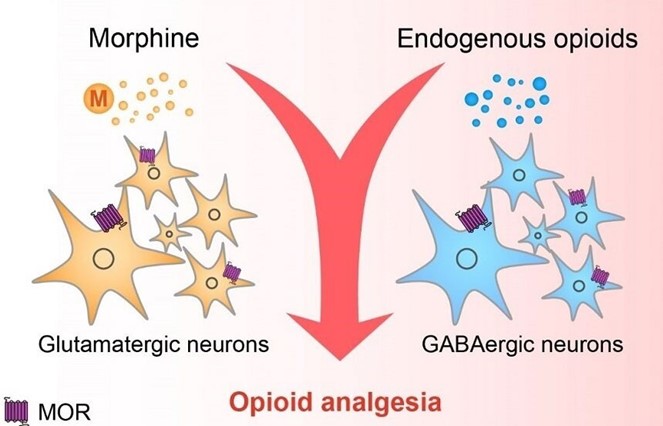For the past six hours, a postoperative male client has refused pain medication because he believed that he could "tough it out." When an opioid analgesic is administered, the client has difficulty obtaining a satisfactory level of comfort. Which action is best for the practical nurse (PN) to use in assisting this client to deal with his pain?
Dim the lights in the room and close the door.
Guide the client through slow, rhythmic breathing.
Turn the television on to the client's favorite show.
Obtain a prescription for a higher dose of pain medication.
The Correct Answer is B
This is the best action for the PN to use in assisting this client to deal with his pain because it provides a non-pharmacological method of pain relief that can enhance the effect of the opioid analgesic. Slow, rhythmic breathing can help the client relax, distract from the pain, and increase oxygenation and blood flow.

A. Dimming the lights in the room and closing the door may not be enough to help the client deal with his pain and may not address his psychological or emotional needs.
C. Turning the television on to the client's favorite show may not be effective in helping the client deal with his pain and may be distracting or irritating for him.
D. Obtaining a prescription for a higher dose of pain medication may not be necessary or appropriate for this client and may increase the risk of side effects or dependence. The PN should assess the client's pain level and response to the current dose before requesting a change in medication.
Nursing Test Bank
Naxlex Comprehensive Predictor Exams
Related Questions
Correct Answer is C
Explanation
The correct answer is choicec. Ask the parents to explain what they understand about the child’s diagnosis.
Choice A rationale:
While it is important to support the parents’ decisions, this choice does not address the need for accurate information and understanding about the condition and its management.
Choice B rationale:
Hypospadias does not typically resolve on its own, and delaying surgery can lead to complications such as difficulty with urination and sexual function later in life.
Choice C rationale:
Asking the parents to explain what they understand about the child’s diagnosis ensures that they have accurate information and can make an informed decision about the timing of surgery.This approach also allows the nurse to correct any misconceptions and provide necessary education.
Choice D rationale:
Delaying surgery for hypospadias can lead to complications, including issues with urination and sexual function.It is important to address these potential risks with the parents.
Correct Answer is C
Explanation
The correct answer is Choice C:
Gather the procedure tray and equipment. Choice A rationale:
Placing the client in an orthopneic position (sitting upright and leaning forward) is not necessary for a thoracentesis procedure. The position may be uncomfortable for the client and does not facilitate the procedure.
Choice B rationale:
Keeping the client NPO (nothing by mouth) and encouraging them to void before the procedure is not directly relevant to a thoracentesis. NPO status might be indicated for other procedures requiring anesthesia but not for a bedside thoracentesis.
Choice C rationale:
This is the correct choice. The PN should prepare by gathering the procedure tray and equipment before the healthcare provider arrives to perform the thoracentesis. This ensures that all necessary items are readily available for the procedure.
Choice D rationale:
Cleansing the site and covering it with a sterile towel is a task usually performed by the healthcare provider who will be performing the thoracentesis. The PN's role is to prepare the necessary equipment and assist the provider during the procedure.
Whether you are a student looking to ace your exams or a practicing nurse seeking to enhance your expertise , our nursing education contents will empower you with the confidence and competence to make a difference in the lives of patients and become a respected leader in the healthcare field.
Visit Naxlex, invest in your future and unlock endless possibilities with our unparalleled nursing education contents today
Report Wrong Answer on the Current Question
Do you disagree with the answer? If yes, what is your expected answer? Explain.
Kindly be descriptive with the issue you are facing.
